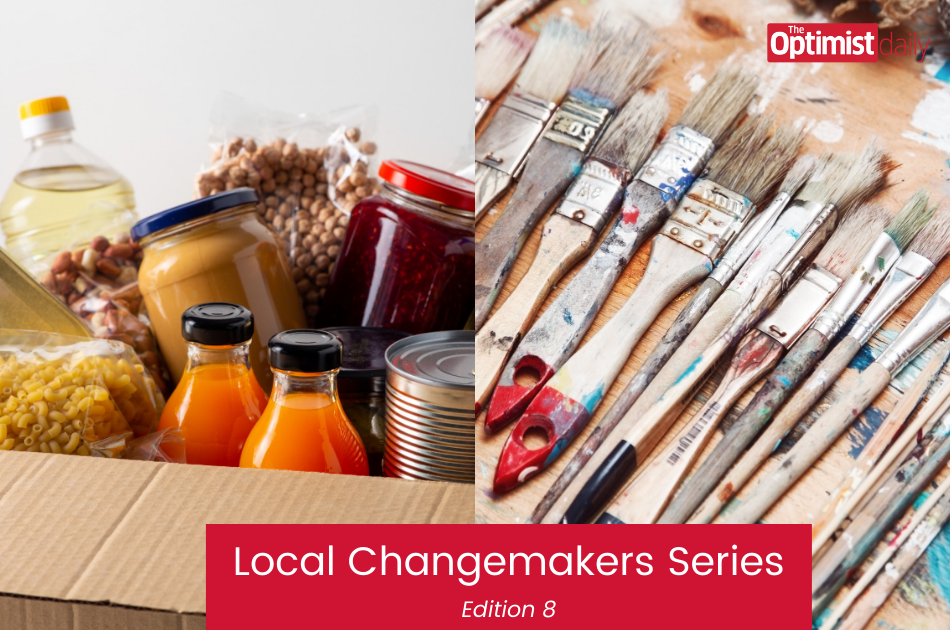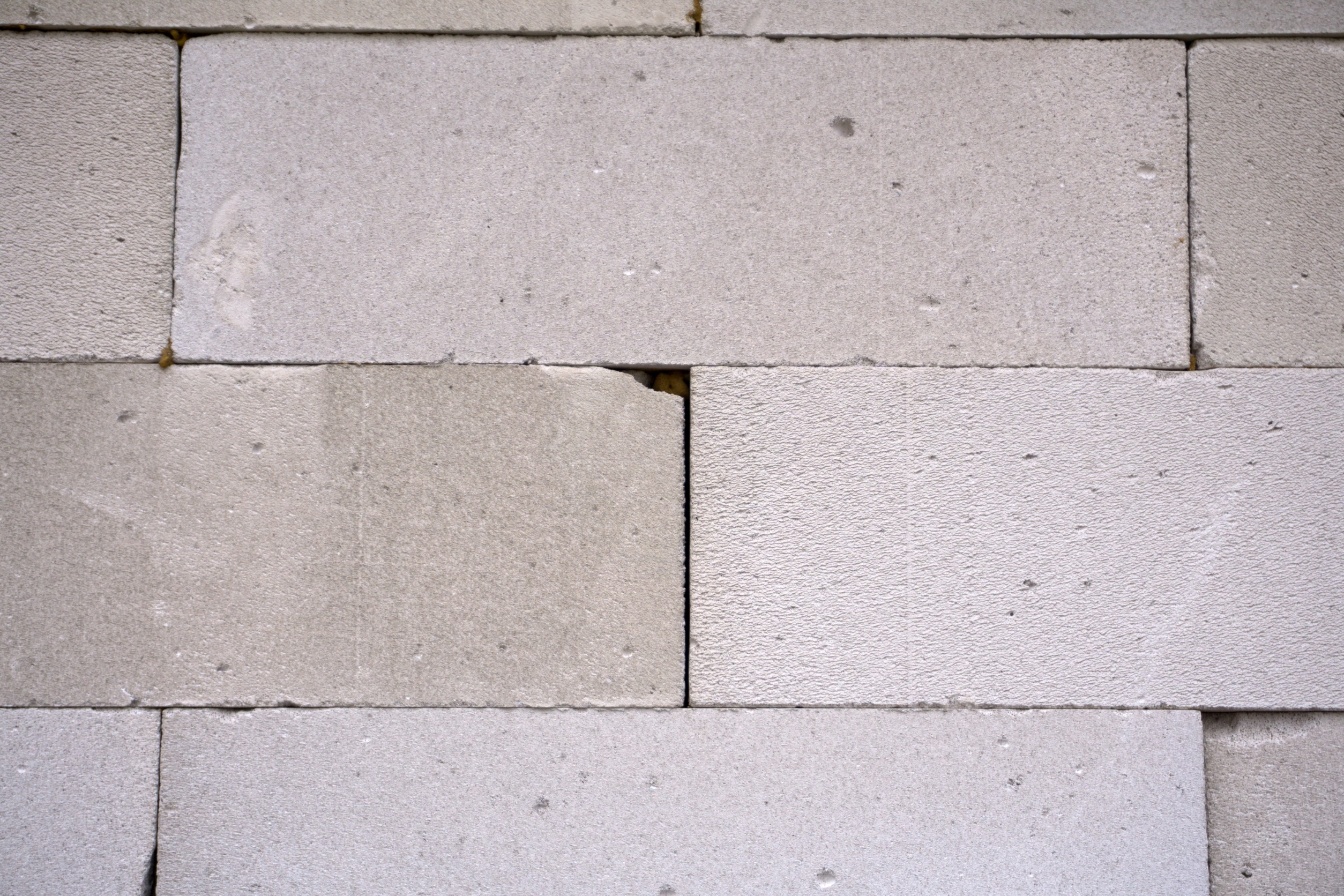What’s the secret to feeding a global population that will reach 10 billion by 2050? Earth and Space Sciences professor David R. Montgomery says soil restoration is the answer. Unfortunately, one-third of the world’s population already suffers from the effects of degraded soil caused by aggressive modern agricultural practices including high tilling rates, lack of crop variety, and heavy fertilizer use.
These practices cause the soil to lose its carbon content and become less productive over time. They also contribute greatly to climate change via carbon release and high emissions from agricultural machinery. The good news? As anyone who has experienced the beautiful and inspiring documentary, The Biggest Little Farm knows, soil restoration is possible and even profitable. A 2006 study of agricultural areas across Latin America, Africa, and Asia found that restorative practices such as increased cover crops, integration of livestock into fields, and more varied crops lead to an increase in productivity of 80%.
If soil restoration is profitable economically and environmentally, why aren’t we doing it all over the planet? Farmers molded by convention may be slow to adopt these practices, but the soil revolution is starting to grow. In the Optimist Daily’s opinion, this shift can’t happen fast enough, as regenerative agriculture is a major solution for meeting the food needs of a growing population in a world with a changing climate.












